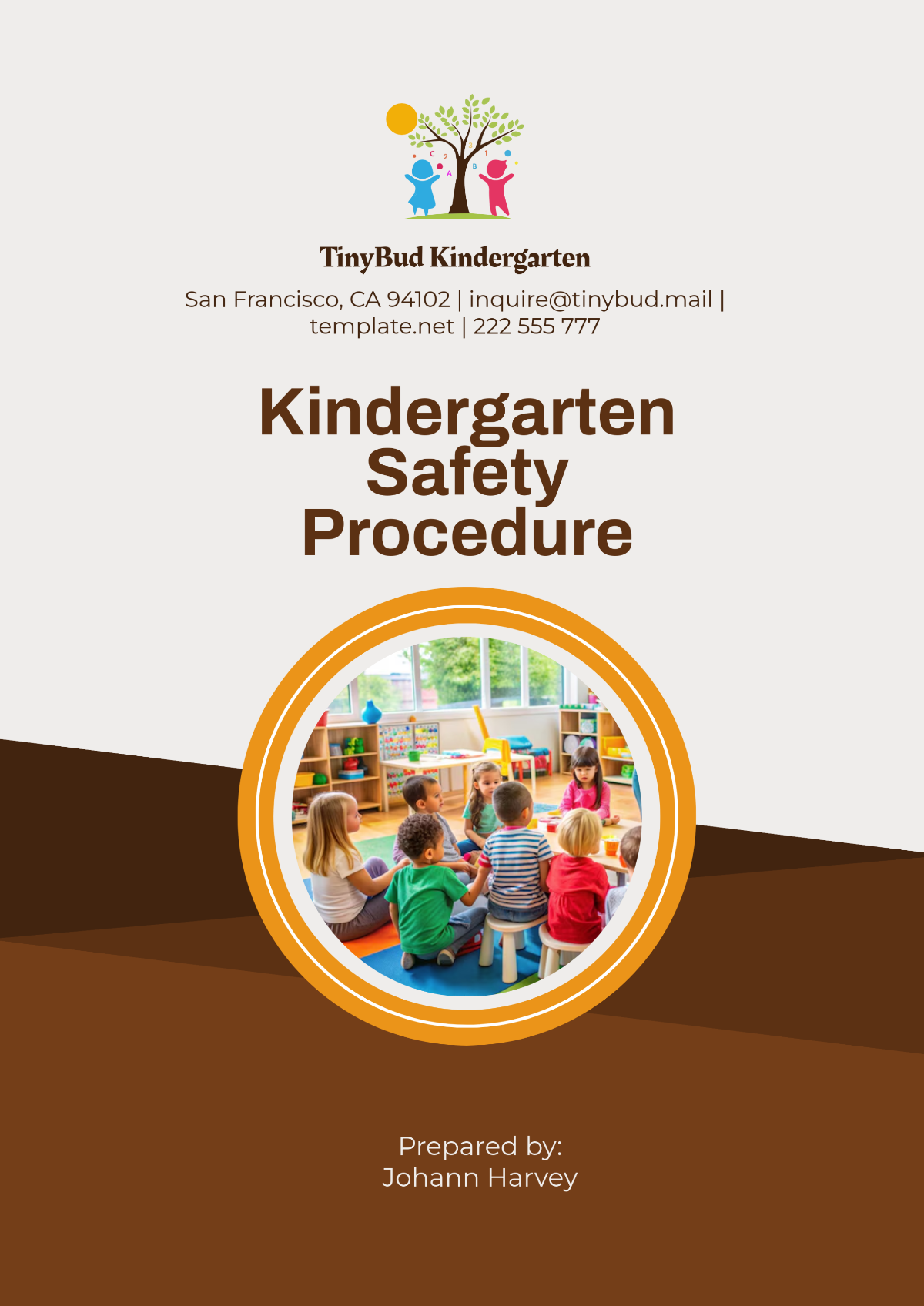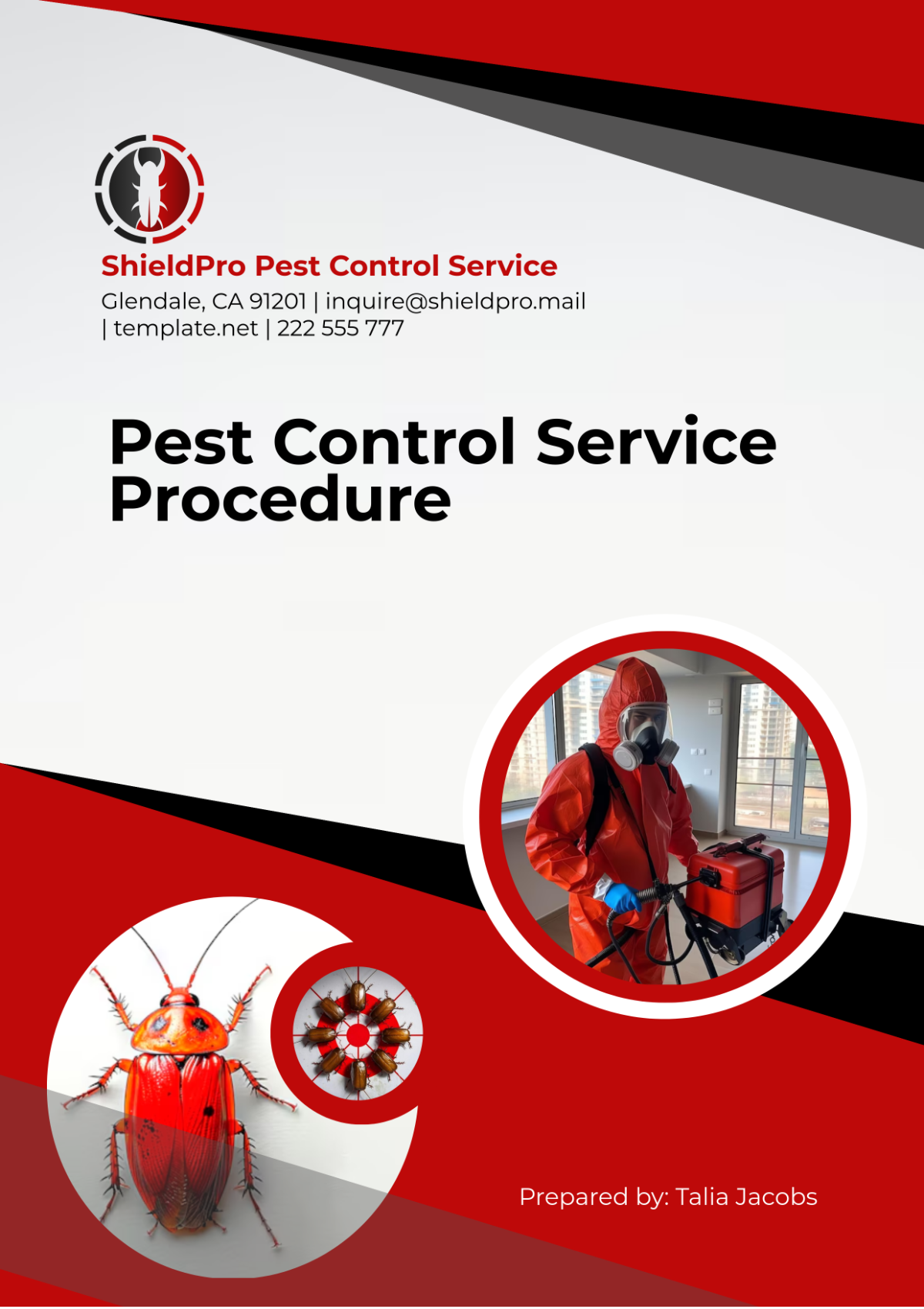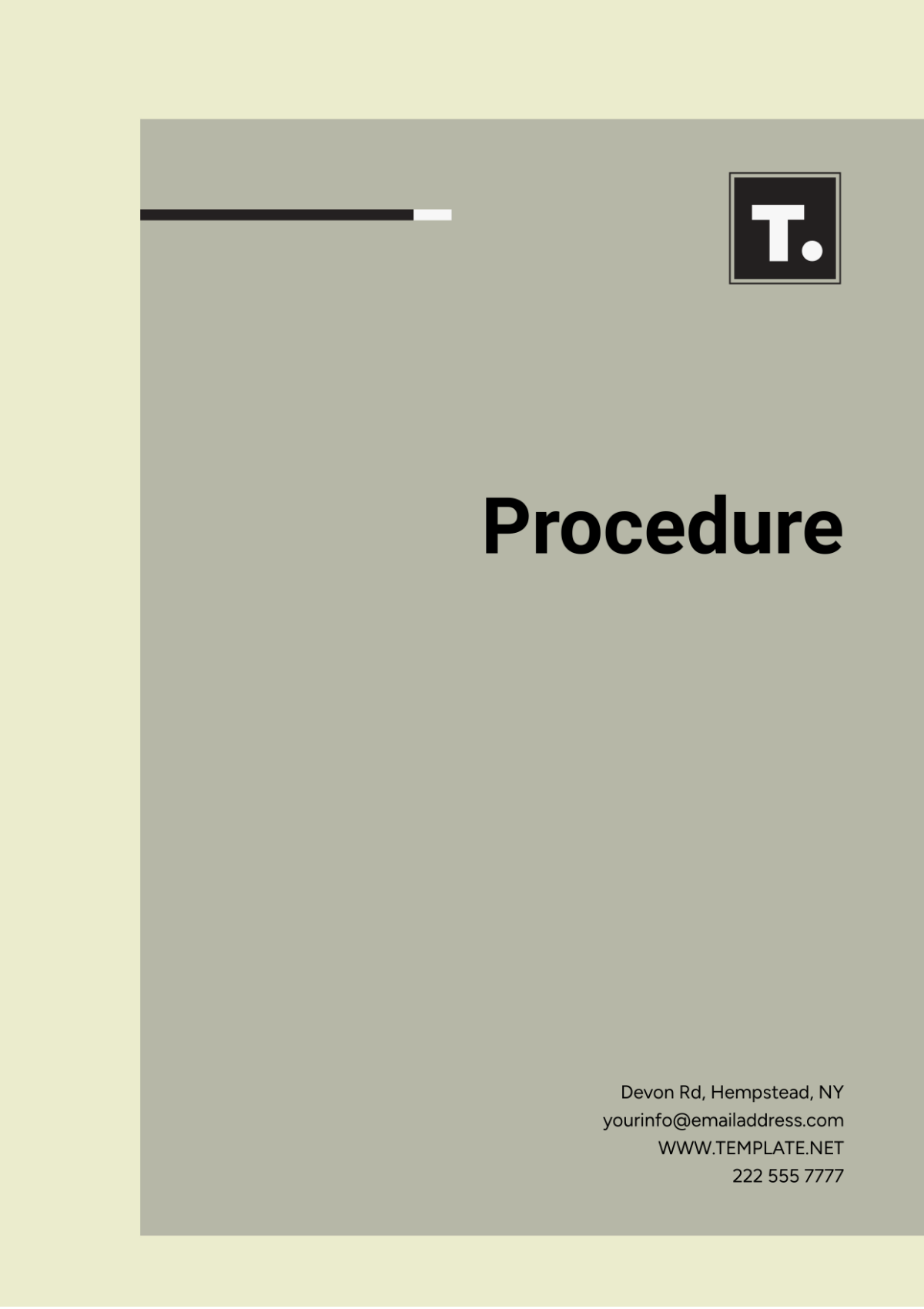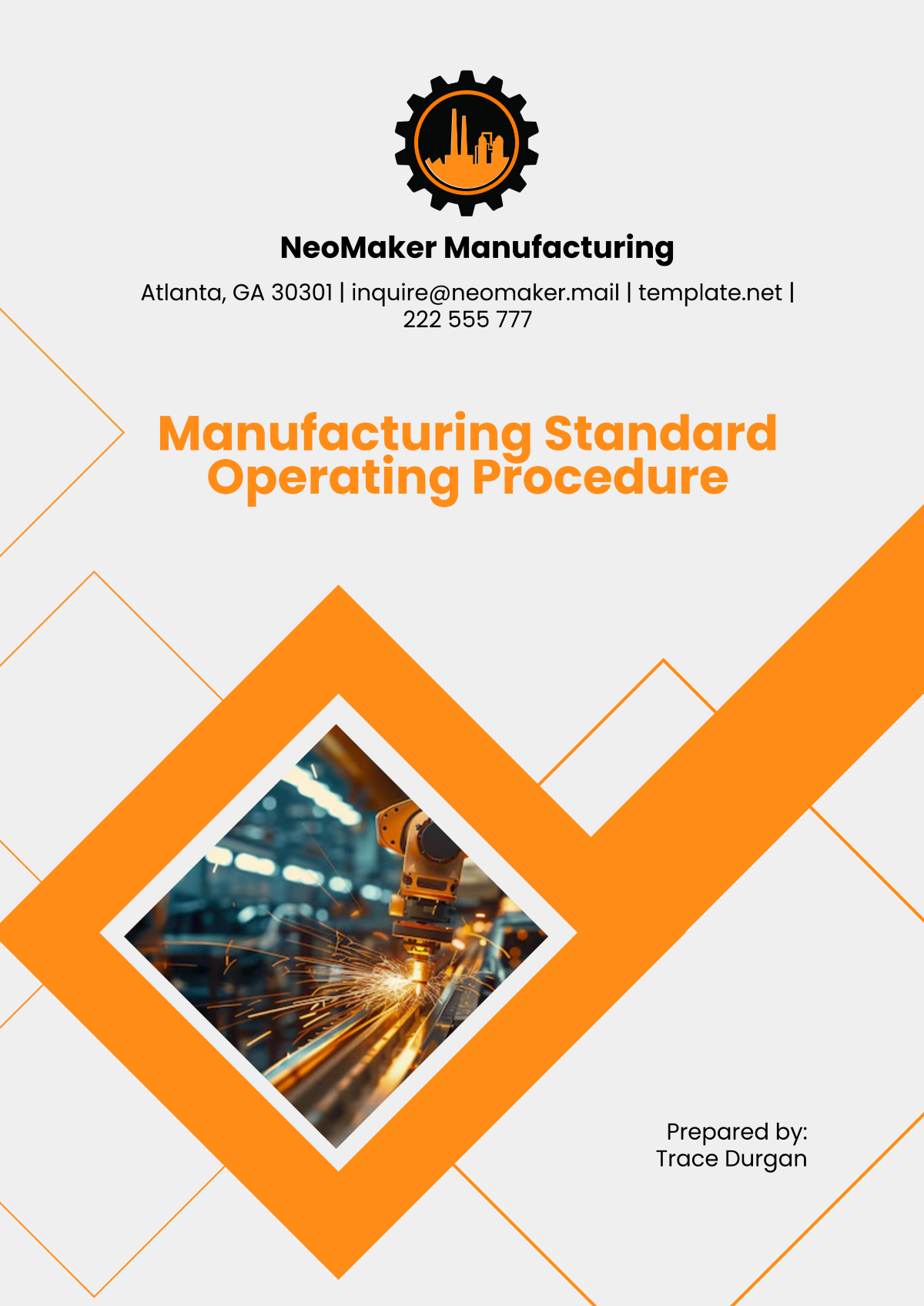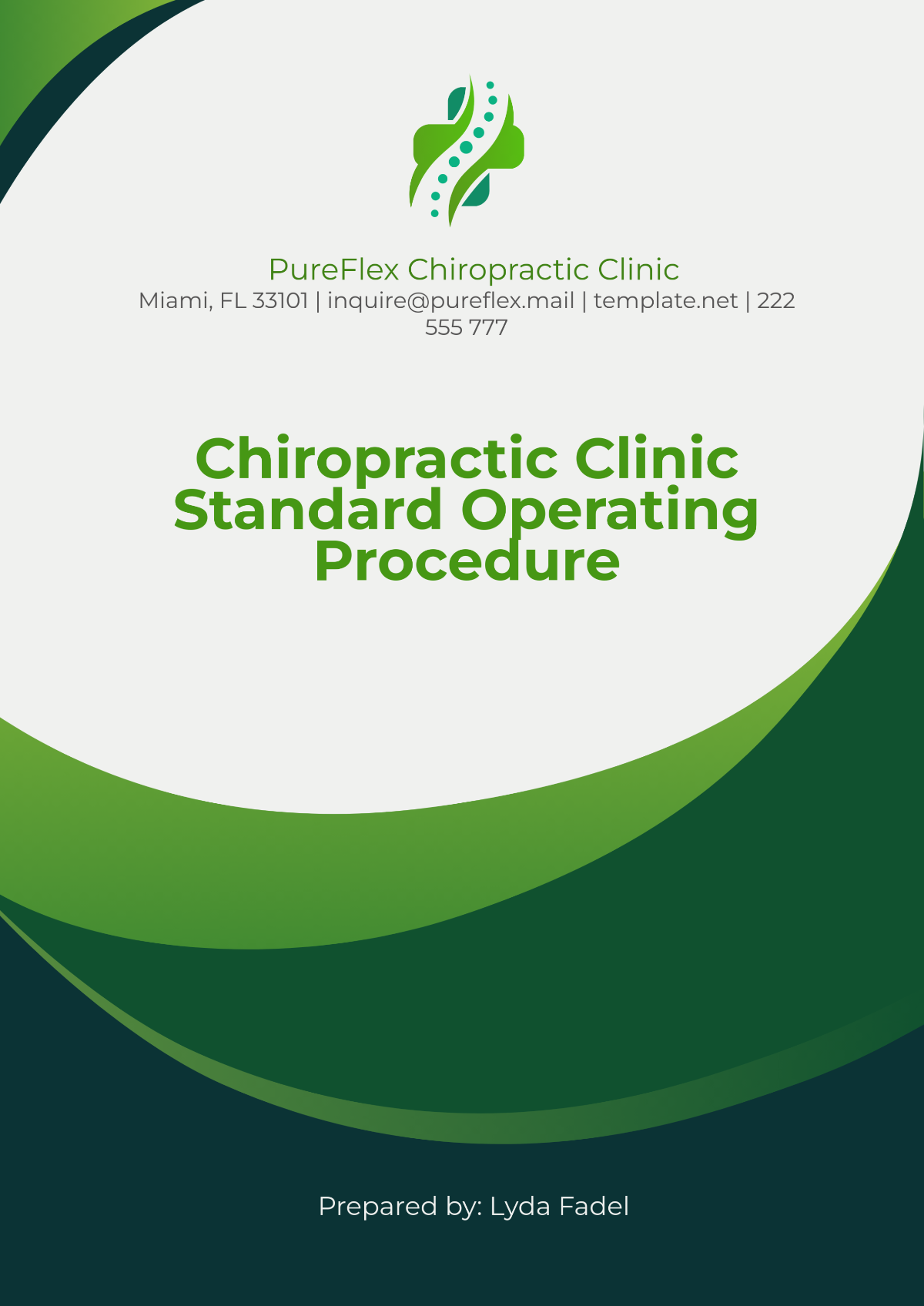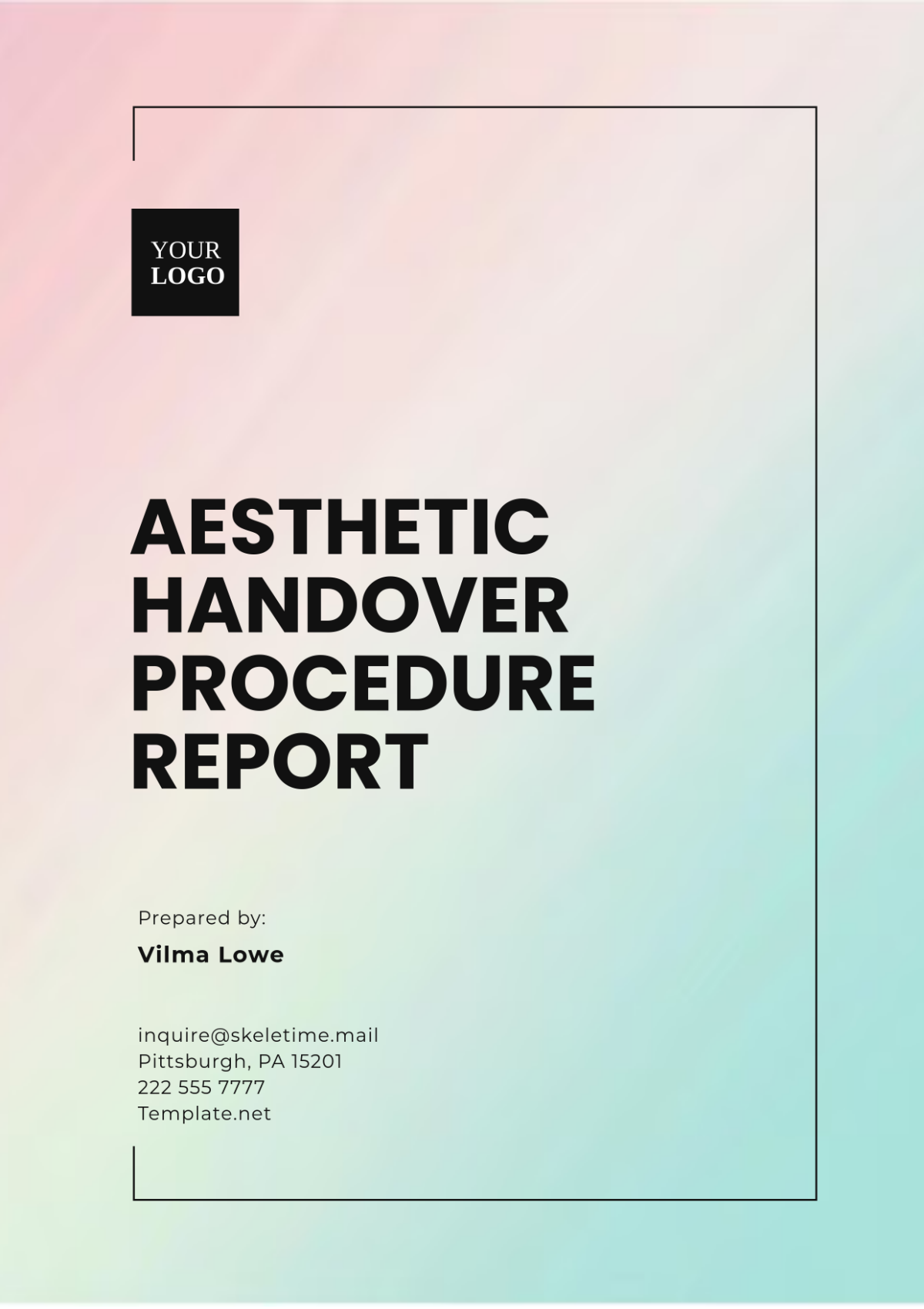Food Safety Culture Procedure
Prepared by: [YOUR NAME]
Email: [YOUR COMPANY EMAIL]
Address: [YOUR COMPANY ADDRESS]
Phone: [YOUR COMPANY NUMBER]
This procedure template is designed to establish and maintain a robust food safety culture within [YOUR COMPANY NAME]. This document outlines the necessary steps to ensure that all staff members understand and implement the food safety standards critical to the operations of [YOUR COMPANY NAME].
I. Introduction
The success of a food safety culture depends on the commitment at all levels of the organization. This procedure ensures compliance with food safety laws and guidelines and addresses the expectations and responsibilities of staff involved in our food processes.
II. Scope
This procedure applies to all employees of [YOUR COMPANY NAME], including full-time, part-time, and temporary staff engaged in the preparation, handling, and storage of food products.
III. Objectives
ENHANCE FOOD SAFETY AWARENESS AMONG ALL EMPLOYEES
Training Programs: Develop comprehensive training modules covering [SPECIFIC TOPICS], including [EXAMPLE: foodborne illness prevention, allergen management, equipment sanitation].
Regular Workshops: Conduct periodic workshops and seminars to reinforce the importance of food safety protocols and to update employees on new [INDUSTRY-SPECIFIC] regulations and best practices.
Communication Channels: Implement regular communication channels (e.g., newsletters, posters, emails) to disseminate food safety tips, reminders, and updates throughout the organization.
Recognition Programs: Establish recognition programs to acknowledge employees who consistently demonstrate exemplary adherence to food safety standards.
ENSURE COMPLIANCE WITH APPLICABLE FOOD SAFETY STANDARDS AND REGULATIONS
Regulatory Audits: Conduct regular audits to ensure compliance with [LOCAL/NATIONAL/INTERNATIONAL] food safety regulations and standards, such as [SPECIFIC REGULATIONS].
Documentation: Maintain accurate and up-to-date documentation of all food safety procedures, inspections, and training records, utilizing [SPECIFIC SOFTWARE/SYSTEM].
Continuous Improvement: Implement a system for continuous improvement, where feedback from audits and inspections is used to update and refine food safety protocols.
External Partnerships: Establish partnerships with regulatory agencies, industry associations, and food safety experts to stay informed about evolving regulations and best practices.
PROMOTE CONSISTENT FOOD SAFETY PRACTICES ACROSS ALL DEPARTMENTS
Standard Operating Procedures (SOPs): Develop standardized SOPs for all food-related processes, ensuring consistency in food safety practices across departments.
Cross-Training: Facilitate cross-training programs to ensure that all employees are proficient in food safety protocols relevant to their roles, regardless of department.
Quality Assurance Teams: Establish dedicated quality assurance teams to oversee and enforce food safety protocols across all departments, comprising members from [DEPARTMENTS].
Performance Metrics: Define key performance indicators (KPIs) related to food safety and regularly assess departmental performance against these metrics.
IV. Responsibilities
Role | Responsibilities |
|---|---|
Management | Develop and endorse food safety policies. Provide resources for training and implementation. |
Food Safety Officer | Monitor compliance, conduct food safety audits, and update training materials. |
All Employees | Follow food safety procedures and participate in training sessions. |
V. Procedures
Training and Education
Organize monthly food safety training sessions for all new and existing employees.
Maintain records of training attendance and topics covered.
Regular Audits
Schedule quarterly food safety audits to ensure compliance with internal and external safety standards.
Discuss audit findings in management review meetings.
Incident Management
Establish a clear protocol for reporting food safety incidents.
Review and analyze incident reports to identify corrective actions.
Continuous Improvement
Implement feedback mechanisms to collect suggestions from employees.
Update procedures based on feedback and audit results.
VI. Documentation
All documents related to food safety training, audits, corrective actions, and compliance records must be maintained accurately and should be readily available for inspection by authorized personnel.
VII. Review and Improvement
This procedure is to be reviewed annually by the Food Safety Officer and management team of [YOUR COMPANY NAME]. Revisions should be made in response to operational changes, audit findings, or regulatory updates.






















